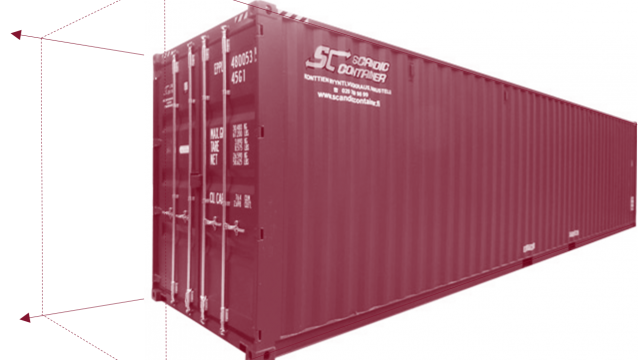Deliberating on DS3: 3 unknowns for energy storage on the Island of Ireland
July 2018
The overdue and hotly anticipated DS3 Volume Capped Decision Paper is finally expected to be published within the next week. Ahead of Eirgrid and SONI’s reveal-all, Everoze picks our 3 areas of uncertainty in the consultation – and assesses their impact on the business case for battery deployment on the Island of Ireland.
 1. Will over-frequency response be required? And if so, to what extent?
1. Will over-frequency response be required? And if so, to what extent?
Just 2 months away from the start of the procurement process, project developers are still waiting for a decision on whether their projects will need to provide one way or two way response. In other words, developers do not yet know whether their battery systems must respond to both high AND low frequency events, or whether just to low frequency events.
This is pretty fundamental. With such a critical design-driving requirement still unconfirmed, several factors remain in flux, not least:
- System sizing: If two-way response is required, maintaining satisfactory availability means up to double the usable battery energy capacity may be needed. Compared to a system designed for one-way response, this means a big hike in CapEx.
- Demand charges: Two-way response means higher grid import capacity. This can come with a hefty price tag, particularly in Ireland where network charges can be punitive, and are determined primarily on the basis of capacity, not usage.
2. How hard will these batteries be working, anyway?
Under DS3, the trigger and trajectory scalars determine when batteries should kick in, and how steeply they should ramp-up their response. In pre-defining the trigger and trajectory scalars, Eirgrid and SONI have removed two further complexities from what is already a convoluted auction process. This is good news. But what do the proposed values of 49.8Hz and 0.3Hz mean for battery operation? High-level analysis conducted by Everoze suggests utilisation will be low, with the number of events per year lasting longer than 25 seconds in the single figures, based on 2015 and 2016 frequency data. This affects:
- OpEx: Low utilisation means lower OpEx. Costs associated with state of charge management and heating/cooling systems are likely to be (comparatively) low.
- Co-location benefits: Low utilisation may make co-location more attractive. This is because it decreases the risk of curtailment of generation. If the legal, operational and regulatory hurdles can be overcome, siting batteries alongside generators offers one way to cut costs through a shared grid connection.
3. How will the Temporal Scarcity Scalar be applied?
The temporal scarcity scalar is critical in determining what revenues successful providers of DS3 can expect to receive. The scalar was originally designed to incentivise availability during high wind periods; however, the consultation outlines a couple of design variants. Putting it simply, the first option of a ‘typical wind year’ strips out wind risk for projects; meanwhile, the second option, proposing a cap-and-floor, makes revenue dependent on wind speeds. This has implications for:
- Investor appetite: A ‘typical wind year’ approach brings greater certainty. This matters because a significant number of DS3 tenders are expected to come from small independent developers looking to flip projects after they’ve won a contract. The buyers of these projects will be attracted by the 6-year contracts on offer, but will be particularly alert to how the scarcity scalar applies.
- Bid price complexity: At cap-and-floor model would bring an added element of complexity to determining bid prices. If this approach is applied, developers will need to take a view on renewables roll-out and even consider weather trends over the 6-year contract term when building their financial models.
Answers on the way
Clarity will soon be provided in the upcoming Decision Paper. This is certainly an exciting growth market – and the Everoze team is looking forward to getting stuck into technical and procurement support work. In the meantime, if you have any questions, just get in touch.
Written by Everoze Partner Benjamin Lock






